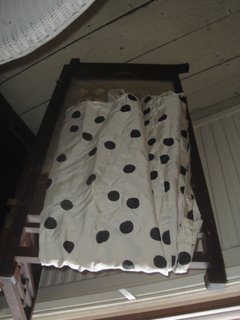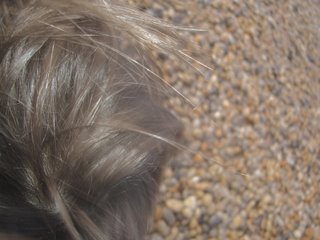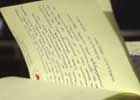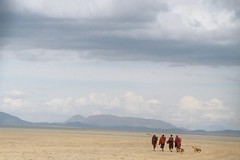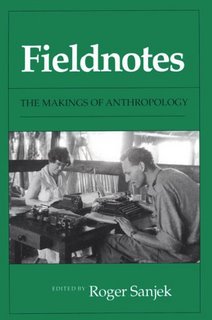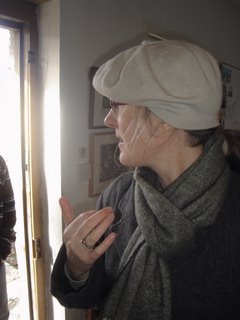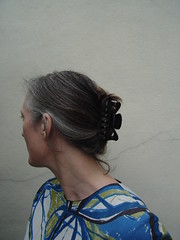
In my last two posts I talked about Microsoft and Sony's next generation home consoles,
and now it is finally time for me to talk about Nintendo's,
codenamed
The Nintendo Revolution.
This console, I think
will offer the real experience of next generation gaming,
not graphics or cool extras, new and innovative
gaming.
To make this possible, Nintendo have created a new revolutionary controller.
This controller looks like a sort of TV remote with a sleek white design like an iPod. It is 3D motion sensitive.
This means that we will be able to control and manipulate games like never before. It sensors all directions, forwards, backwards, left, right, up, down. It also sensors tilting.
This is made possible by sensors that are easily placed on each side of the television. there is also a small slot on the bottom of it to add on attatchments, like an control stick, which will come with it, a normall controller shell wich the revolution controller can slot into, or something like a steering wheel or a pretend gun.

The gaming will be amazing, for example if you were playing a first-person perspective shooting game, you would use the control stick attatchment to move your character around, use the controller to look around and aim, and use a trigger like button on the back to shoot.
It would make the game seem extremely real. Antother way would be a adventure swordfighting game, whereyou would control your character with the stick, and use the actual controller as a sword, and you could trigger it to do other things like changing the camera angle, just by the click of another button. Or if you were playing a racing game, you would turn the controller on its side and use it like a steering wheel, it would be so fun. Tennis games, baseball games, fishing games, platform games, even cooking games would be made so much better.
The list of possibilities is endless.
Although Nintendo will be providing amazing gameplay, they won't be providing as amazing graphics as microsoft or sony will be, and they wont be supporting HDTVs either, so on a HDTV you will see quite a difference between the consoles, although on a normal TV you won't.

This is actually good because games for it will cost less to make, and the console and games will be much cheaper.
The Nintendo revolution will have great quality free online play, and a dvd player built into it.
Also the revolution will be very small easy to carry around. It is the size of 3 dvd cases stackd on top of eachother.
I hope this post hasn't bored you and thank-you for reading this and all my previous posts.
(
this was the best one ever Dr Kate)


